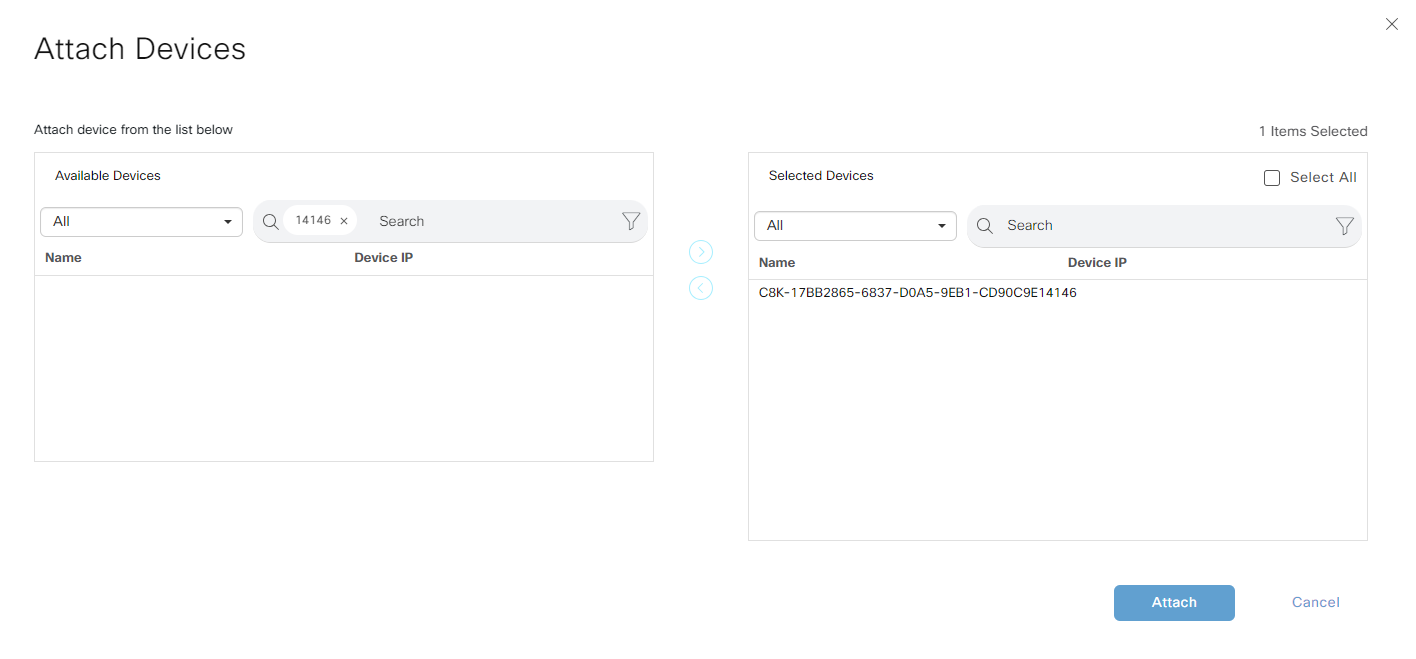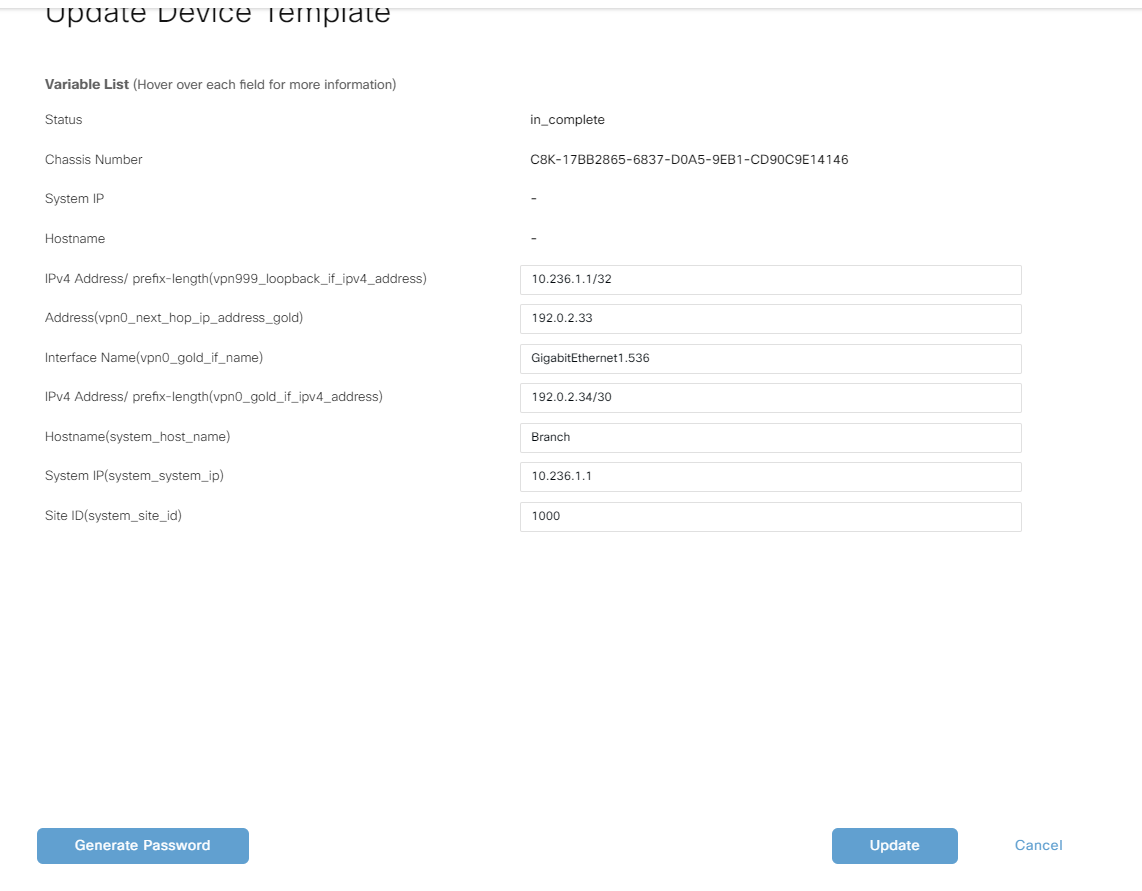Fun Reading: History of the Early Internet
Bruce Davie collected numerous articles describing various aspects of early Internet history and pre-Internet days, including A Brief History of the Internet and The Design Philosophy of the DARPA Internet Protocols.
Have fun ;)
Worth Watching: Ethernet Thick Yellow Cable
Justus sent me an email with an interesting link:
Since you love to make comparisons to the good ol’ thick yellow cable while I as a mid-30 year old adult have no idea what you are talking about: Computerphile made a video about Ethernet on the occasion of its 50th birthday. The university of Nottingham got the chance to show their museum pieces :-) (about 8:45 min).
Thanks a million!
Worth Watching: Ethernet Thick Yellow Cable
Justus sent me an email with an interesting link:
Since you love to make comparisons to the good ol’ thick yellow cable while I as a mid-30 year old adult have no idea what you are talking about: Computerphile made a video about Ethernet on the occasion of its 50th birthday. The university of Nottingham got the chance to show their museum pieces :-) (about 8:45 min).
Thanks a million!
Catalyst SD-WAN – Bootstrapping a Catalyst8000v Using a File on Bootflash
Yesterday I showed how to bootstrap a Catalyst8000v from the CLI. Today, I will show how to put a file on bootflash which includes the configuration but also the root certificate and the certificate of the device. This is a bit of a more streamlined process and can also be useful if you don’t know what CLI commands to use as vManage will generate the configuration for you.
Starting out, we have a freshly booted router that is in autonomous mode (non-SD-WAN):
Router#sh ver | i operating Router operating mode: Autonomous
To generate the bootstrap configuration, the process is to first go through the regular process of attaching a device to a template. Go to Configuration -> Templates and select Attach Devices:

Select the correct device:

Fill in the information needed:

Click Update to reflect the edits:

Then click Next:

Click Configure Devices and vManage will try to push the config but the device is offline:

Once this is done, vManage has all the information it needs to generate the bootstrap. Go to Configuration -> Devices and select the correct device and then Generate Bootstrap Configuration:

Then vManage will disply the following window. Choose Cloud-Init and have the box selected Continue reading
Cisco 8000v Throughput on Azure
https://codingpackets.com/blog/cisco-8000v-throughput-on-azure
Heavy Networking 689: Prepping For Certification Exams With Mary Fasang
Certifications are a part of life in IT. On today's Heavy Networking we explore preparation strategies with guest Mary Fasang. Her certs run the gamut from CompTIA to MCSE to the CCNP, as well as the PMP and ITIL certs. How should you prepare for a cert in 2023 when there’s so much content, so many training options, as well as home labbing available? How do you handle failure? Which certs have been the hardest? What study materials have proved helpful? Mary shares her strategies.
The post Heavy Networking 689: Prepping For Certification Exams With Mary Fasang appeared first on Packet Pushers.
Heavy Networking 689: Prepping For Certification Exams With Mary Fasang
Certifications are a part of life in IT. On today's Heavy Networking we explore preparation strategies with guest Mary Fasang. Her certs run the gamut from CompTIA to MCSE to the CCNP, as well as the PMP and ITIL certs. How should you prepare for a cert in 2023 when there’s so much content, so many training options, as well as home labbing available? How do you handle failure? Which certs have been the hardest? What study materials have proved helpful? Mary shares her strategies.Catalyst SD-WAN – Botstrapping a Catalyst8000v in a Virtual Lab
I’m rebuilding my Catalyst SD-WAN lab and thought I would give some quick pointers on how to bootstrap a Catalyst 8000v in your virtual lab. When the router first boots up, it will be in autonomous mode (non-SD-WAN mode):
Router#show version | i operating Router operating mode: Autonomous
Configure the router to be in controller mode which will cause it to reboot:
Router#controller-mode enable Enabling controller mode will erase the nvram filesystem, remove all configuration files, and reload the box! Ensure the BOOT variable points to a valid image Continue? [confirm] % Warning: Bootstrap config file needed for Day-0 boot is missing Do you want to abort? (yes/[no]): no
To bootstrap the router, the following is needed:
- System IP
- Site ID
- Organization name
- vBond name/IP
- IP address of tunnel interface (if not using DHCP)
- Tunnel interface name
- DNS server (if using name resolution)
- On-premises root cert (if using your own certificates)
- Certificate
First, verify that the router is now in controller mode:
Router#show version | i operating Router operating mode: Controller-Managed
Create a small bootstrap configuration with all the required parameters. Mine is below (some information redacted):
config-transaction system system-ip x.x.x.x site-id xxxxxxxxxx organization-name "sd-wan-lab-daniel" vbond 192. Continue reading
WISP/FISP Design: Switch Centric (SWC) Topology

Overview
This is an article i’ve wanted to write for a long time. In the last decade, the work that we have done at iparchitechs.com with WISPs/FISPs in network design using commodity equipment like MikroTik and FiberStore has yielded quite a few best practices and lessons learned.
While the idea of “router on a stick” isn’t new, when we first started working with WISPs/FISPs and MikroTik routers 10+ years ago, we immediately noticed a few common elements in the requests we’d get for consulting:
“I’m out of ports on my router…how do I add more?”
“I started with a single router, how do I make it redundant and keep NAT/peering working properly”?
“I have high CPU on my router and I don’t know how to add capacity and split the traffic”
“I can’t afford Cisco or Juniper but I need a network that’s highly available and resilient”
Coming from a telco background where a large chassis was used pretty much everywhere for redundancy and relying on links split across multiple line cards with LACP, that was one of my first inclinations to solve the Continue reading
NXDOMAIN
The DNS is a strange and at times surprising environment. One could take a simple perspective and claim that the aim of the DNS is to translate DNS names into IP addresses. And you wouldn’t be wrong, but it's also so much more. Most of the time when we analyse the behaviour of the DNS we look at the way in which names are resolved by the DNS infrasdtructure, but there is also another view of the DNS. What do we see when we look at DNS queries for names that do not exist in the DNS?Audit and Compliance with Calico
In this blog post, I will be talking about audit and compliance and how to implement it with Calico. Most IT organizations are asked to meet some standard of compliance, whether internal or industry-specific. However organizations are not always provided with the guidance to implement it. Furthermore, when guidance has been provided, it is usually applicable to a more traditional and static environment and doesn’t address the dynamic nature of Kubernetes. Existing compliance tools that rely on periodic snapshots do not provide accurate assessments of Kubernetes workloads against your compliance standards.
Getting started with audit and compliance for Kubernetes clusters
A good starting point is understanding what type of compliance requirements needs to be enforced and confirming that the enforcement is successful. Following this is finding a way to easily report on the current state of your environment so you can proactively ensure you are complying with the standards defined. You should also be prepared to provide a report on-demand when an audit team is investigating.
This blog is not meant to be a how-to guide to meet HIPAA, PCI-DSS or SOC. However, it will provide you with the guidance regarding these regulations so you can apply it and understand Continue reading
Hedge 185: Retrocomputing
Computers only have a history stretching back some 60 or 70 years—and yet much of that history has already been lost in this mist of time. Are we focusing so deeply on the future that we have forgotten our past? What might we learn from the past, even the recent past, and how does forgetting our past impact the future. Federico Lucifredi joins Tom Ammon and Russ White to discuss some of his projects finding, repairing, and operating old personal computers.
transcript will be linked in a few days
If you are interested in retrocomputing, you might want to start with this Stack Exchange, the Retrocomputing Forum, this Reddit forum.